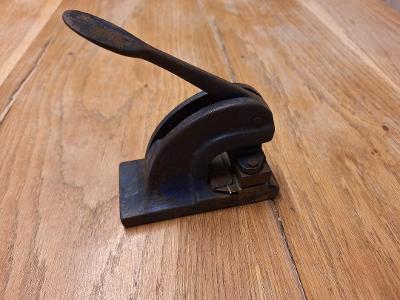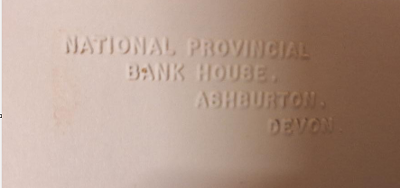The 1950s
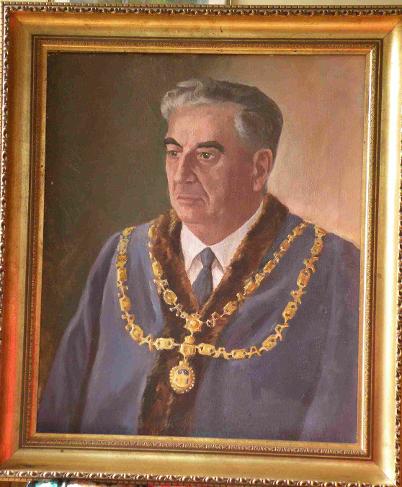
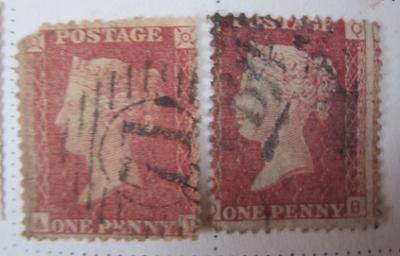
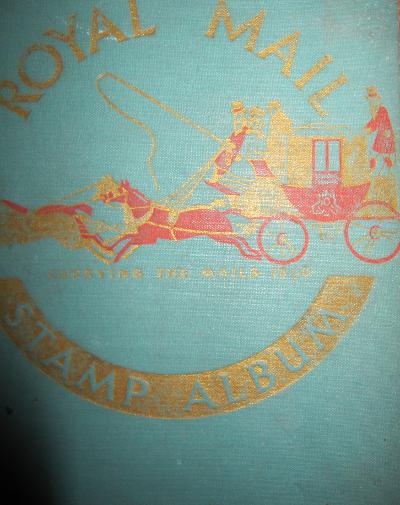
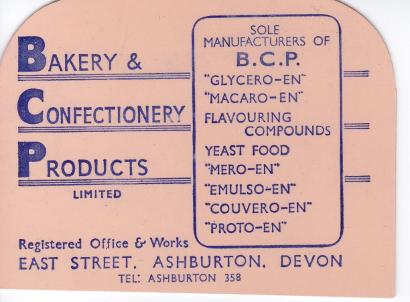
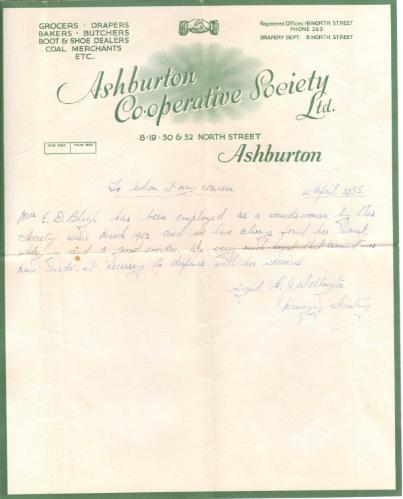
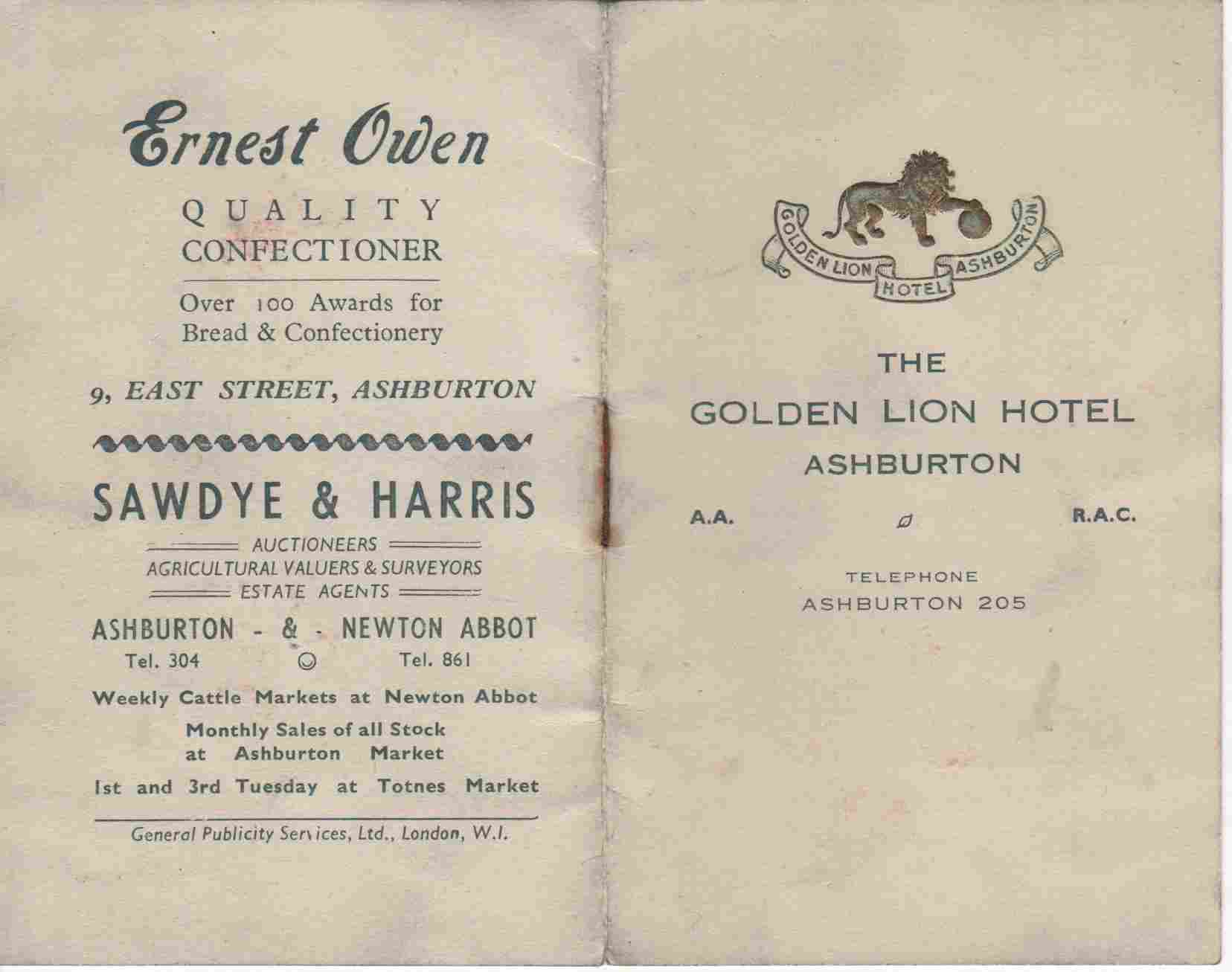
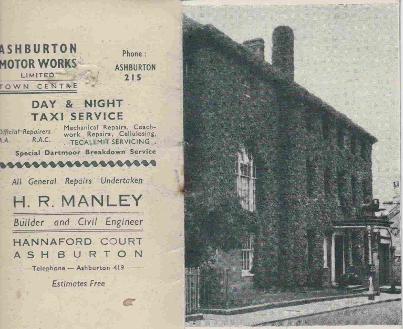
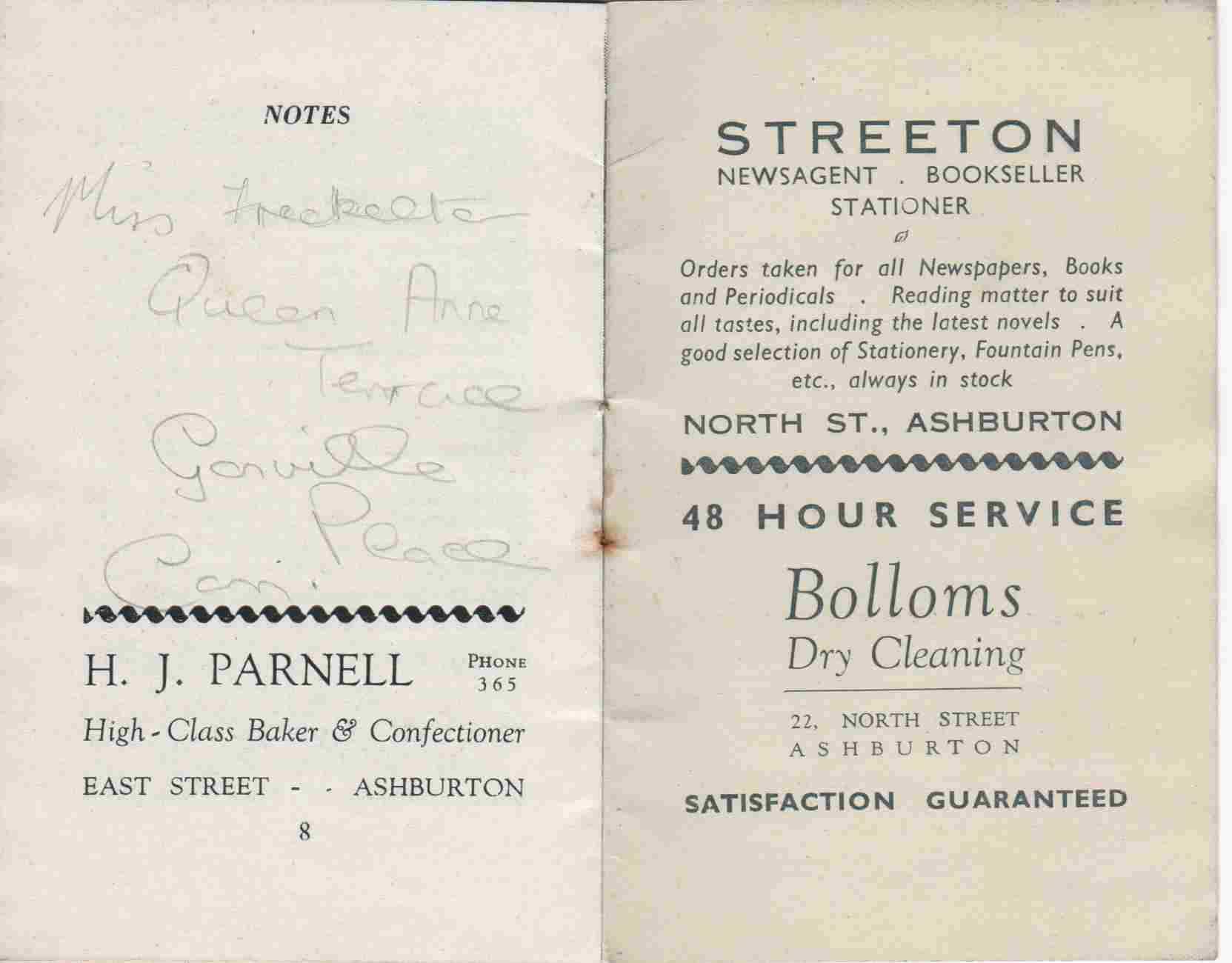
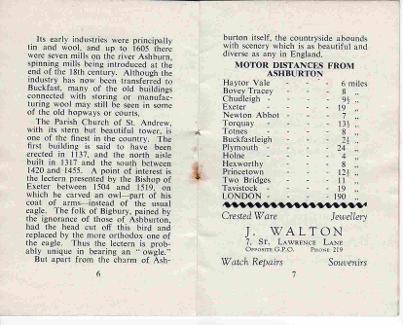
Above and right: A booklet produced by the Golden Lion Hotel, probably 1940s or 50s
Breakfast was 3/6, dinner cost from 5/-
A lock up garage could be had for 10/6 a week.
Attractions of the hotel included its own garden produce, electric light and fires in the bedrooms.
From my own collection
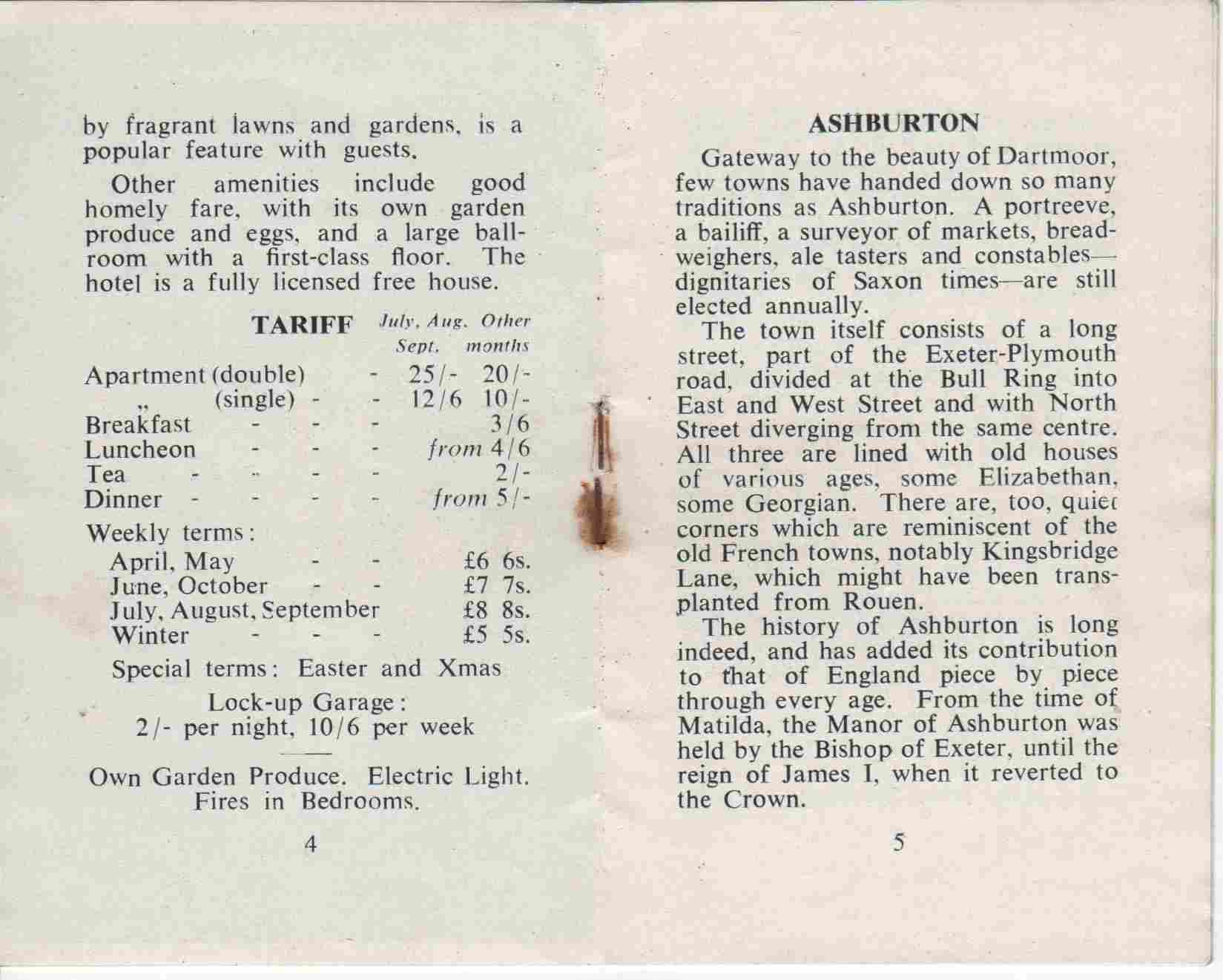
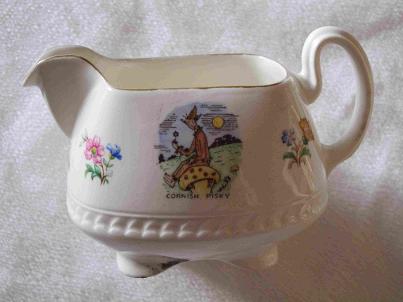
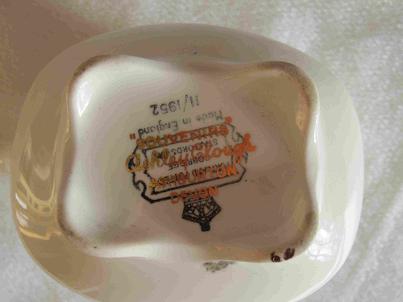
Above : A souvenir jug, this one of a Cornish Pisky, decorated by the Ashley Clough works. It measures approximately 10cm long by 5cm high.
Wendy Major worked for Ashley Clough, in buildings that were situated in the stable block of Waverly Hall, on the right hand side of the drive.
'He had a brown bushy beard and brown eyes. He was a real gentleman. He came down from the Midlands, stayed in Ashburton about 5 years, and then moved to Buckfast. Then he came back to Ashburton.
About 10 of us worked there, applying transfers and then hand painting on top before glazing. We mixed the paint from powder and turps. One particular girl put real gold onto the pottery, which she did with a roller.
I was in charge when Mr Clough came to Ashburton for the second time.
Ashley Clough's second wife was Susan Dawe*, and when he died suddenly Susan started a pottery in Totnes.'
* Ashley E Clough married Susan D Dawe in the June quarter of 1960, Newton Abbot registration district. He had previously married in the Stafford registration district in 1937
Many thanks to Wendy Major for this recollection
From my own collection
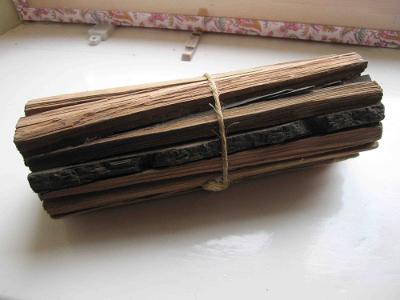
My own photograph 2016
Many thanks to Wendy Major for the information opposite, and for allowing me to photograph the item above.
Parish records
* See Musicians, Poets and Artists, in the sub-menu to Famous Ashburtonians.
He was also disabled - he had club feet, and in later life wore specially built up shoes. The two brothers had a car adapted to their needs, so that Charles could drive Richard around.
Globe Arch was roughly where Ashburn Close is now, close to the carpark.
With thanks to R Bligh
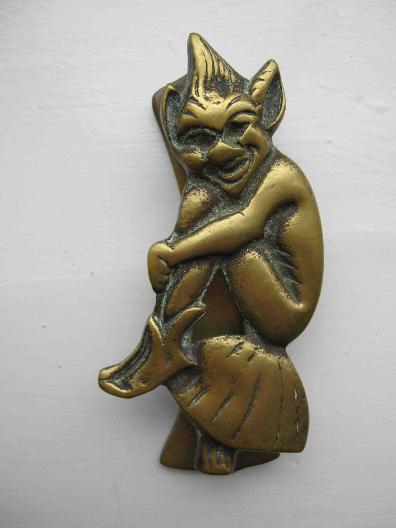
Below: Stamping machine from the National Provincial Bank for embossing paper or card. It could be of any date from the 1920s to the 1950s
From my own collection
